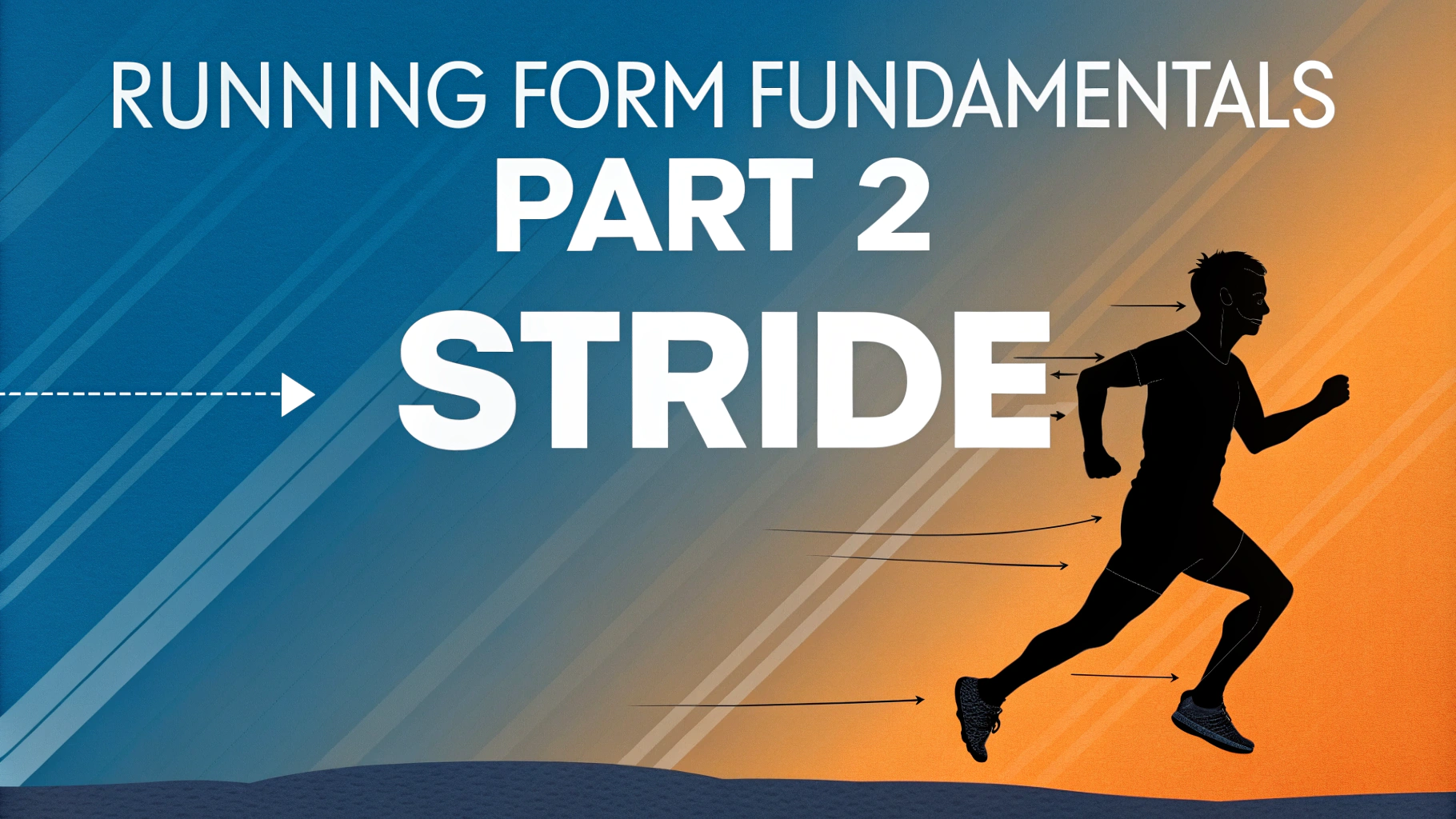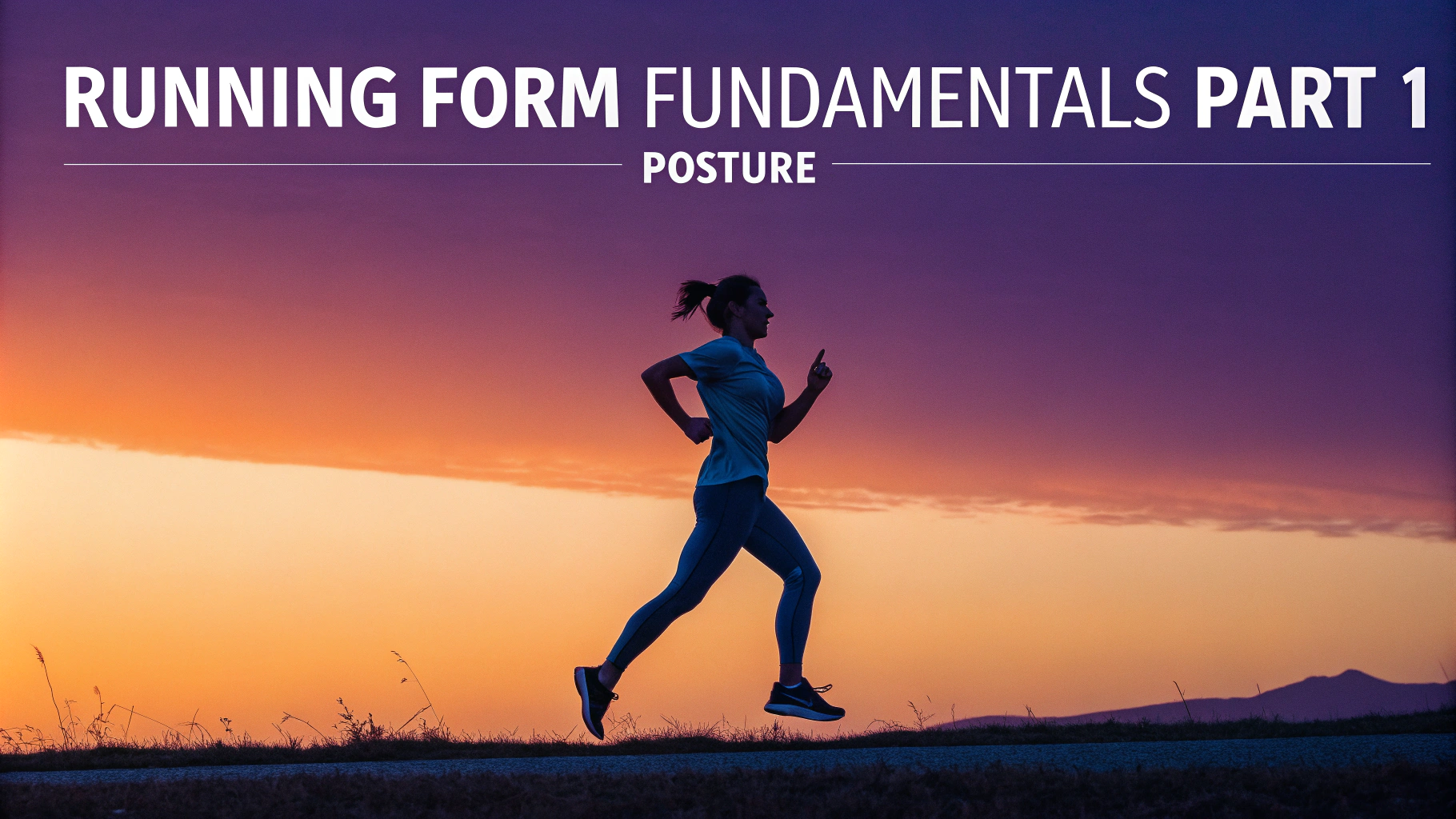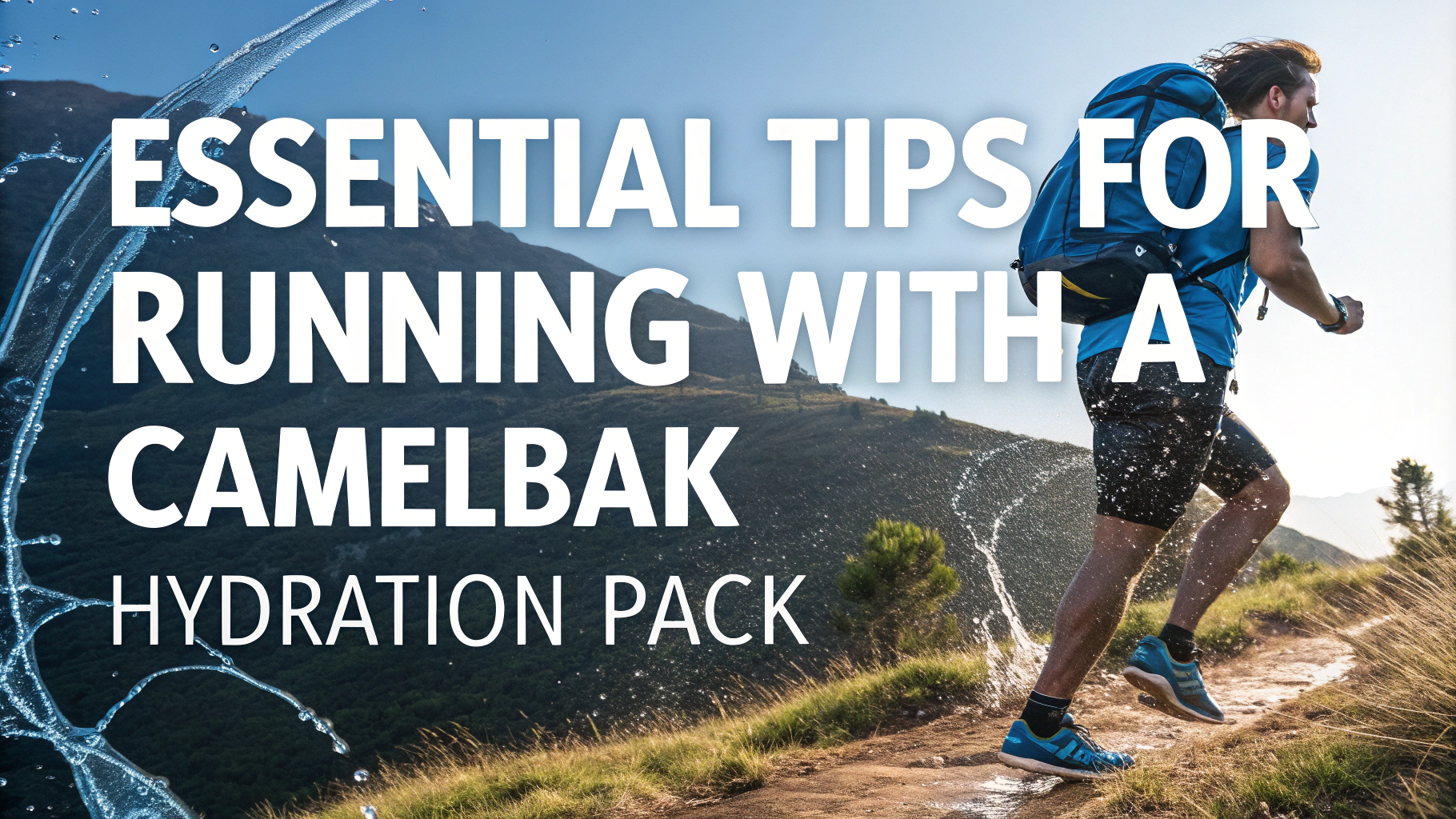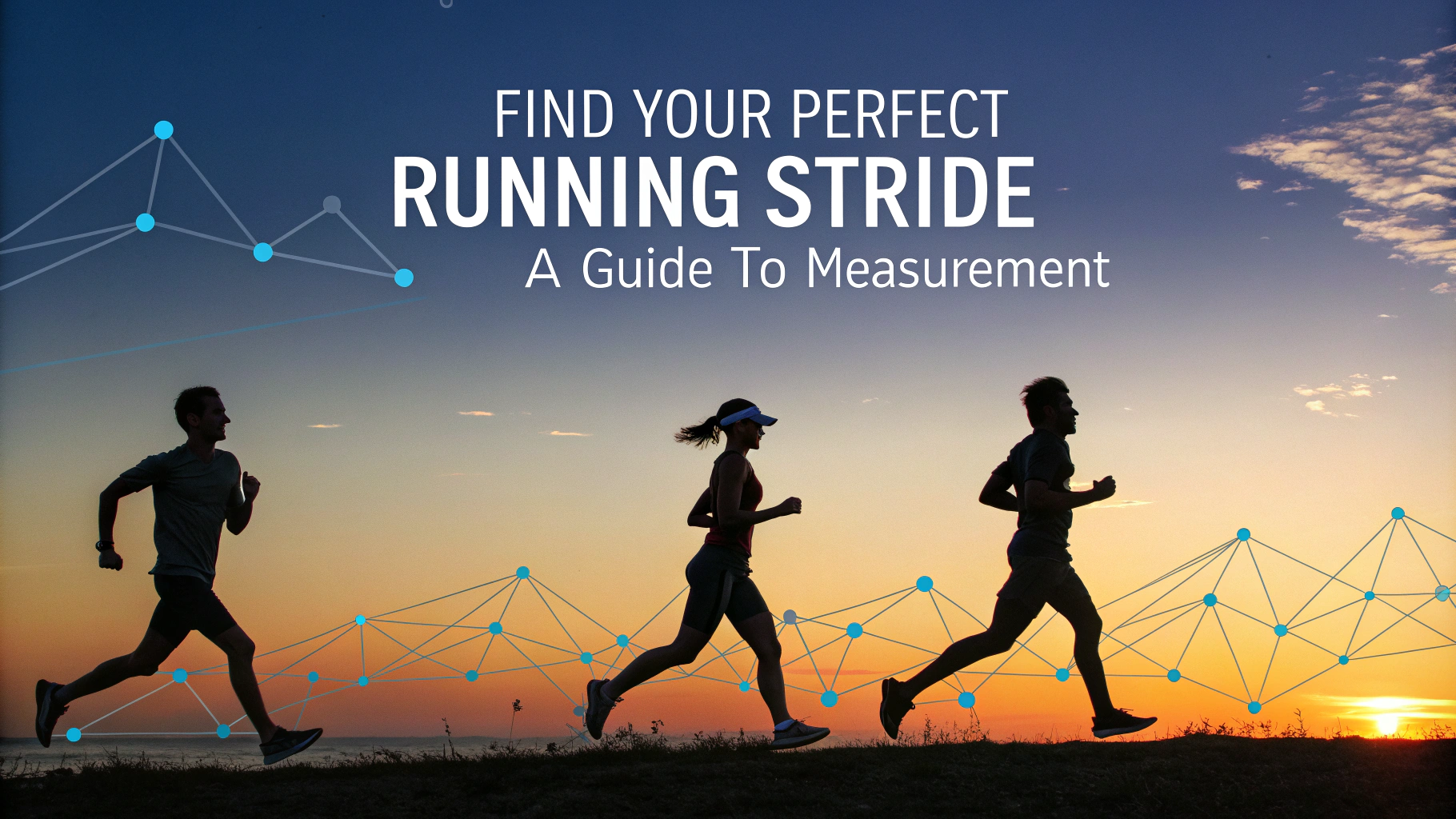Starting your running journey is exciting, but avoiding common mistakes can make the experience much more enjoyable and prevent unnecessary setbacks.
1. Going Too Fast, Too Soon
Most new runners start at a pace they can’t maintain, leading to early exhaustion and potential discouragement.
2. Skipping the Warm-up
Jumping straight into running without proper warm-up increases injury risk and reduces performance.
- Do 5-10 minutes of brisk walking
- Add dynamic stretches like leg swings
- Include arm circles and hip rotations
3. Wearing Incorrect Shoes
Running in old or improper footwear can lead to discomfort and potential injuries.
- Gait analysis
- Proper shoe fitting
- Expert recommendations based on your running style
4. Overtraining
Not allowing proper recovery time between runs can lead to burnout and injury.
| Experience Level | Recommended Weekly Runs |
|---|---|
| Beginner | 2-3 times |
| Intermediate | 3-4 times |
5. Poor Hydration
Many new runners either drink too little or wait until they’re thirsty to hydrate.
- Drink 16oz water 2 hours before running
- Take small sips during runs longer than 30 minutes
- Replace fluids within 30 minutes post-run
6. Ignoring Proper Form
Bad running form can decrease efficiency and increase injury risk.
- Keep shoulders relaxed
- Land midfoot
- Maintain short, quick strides
- Look ahead, not down
7. No Running Plan
Running without structure can lead to inconsistent progress and motivation loss.
8. Skipping Rest Days
Rest is when your body adapts and becomes stronger.
9. Wrong Clothing Choices
Cotton clothing retains sweat and can cause chafing and discomfort.
- Moisture-wicking synthetic fabrics
- Breathable layers
- Anti-chafing running shorts or tights
10. Comparing Yourself to Others
Every runner’s journey is unique, and comparing yourself to others can hurt motivation and progress.
- Track your own progress
- Set personal goals
- Join beginner-friendly running groups
- Use apps like Strava or Nike Run Club to monitor improvements
11. Not Fueling Properly
Poor nutrition before and after runs can impact performance and recovery significantly.
- Eat light carbs 1-2 hours before running
- Consume protein within 30 minutes post-run
- Keep healthy snacks readily available
12. Inconsistent Training
Sporadic running patterns prevent the body from building endurance and strength properly.
- Schedule runs like appointments
- Run at the same time each day
- Log your runs in a training journal
13. Not Cross-Training
Focusing solely on running can lead to muscle imbalances and plateaus.
- Swimming
- Cycling
- Strength training
- Yoga
Conclusion
Avoiding these common running mistakes will help you build a strong foundation for your running journey. Remember that progress takes time, and consistency is more important than intensity. Listen to your body, make gradual adjustments, and celebrate small victories along the way.
- Start slowly and build gradually
- Maintain proper form and equipment
- Stay consistent with training
- Allow adequate recovery time
- Focus on your personal progress
FAQs
- Why do my shins hurt when I start running?
Shin pain (shin splints) often occurs when beginners increase mileage too quickly or run on hard surfaces. Start gradually, run on softer surfaces when possible, and ensure you’re wearing proper running shoes. - Should I eat before a morning run?
For runs under 60 minutes, running on an empty stomach is fine. For longer runs, eat a light carbohydrate-rich snack 30-60 minutes before running to maintain energy levels. - How fast should I run as a beginner?
Run at a conversational pace where you can speak in complete sentences. Most beginners should start with a run-walk method, alternating between jogging and walking intervals. - How often should I run when starting out?
Start with 2-3 runs per week with rest days in between. This allows proper recovery and reduces injury risk. Gradually increase frequency as your body adapts. - Why do I get side stitches while running?
Side stitches usually occur from improper breathing, eating too close to running, or starting too fast. Practice belly breathing and wait 2-3 hours after large meals before running. - What should I wear for running?
Moisture-wicking clothing appropriate for the weather, and properly fitted running shoes are essential. Avoid cotton as it retains moisture and can cause chafing. - How do I prevent running out of breath quickly?
Most beginners run too fast. Slow down, focus on steady breathing, and use the run-walk method. Your breathing should be controlled and rhythmic. - When should I replace my running shoes?
Replace running shoes every 400-500 miles or when you notice significant wear on the soles. Worn-out shoes can lead to injury and discomfort. - Should I stretch before or after running?
Perform dynamic stretches (leg swings, walking lunges) before running and static stretches after. Never stretch cold muscles before running. - How can I prevent blisters while running?
Wear moisture-wicking socks, properly fitted shoes, and apply anti-chafing products if needed. Break in new shoes gradually and address hot spots immediately.










